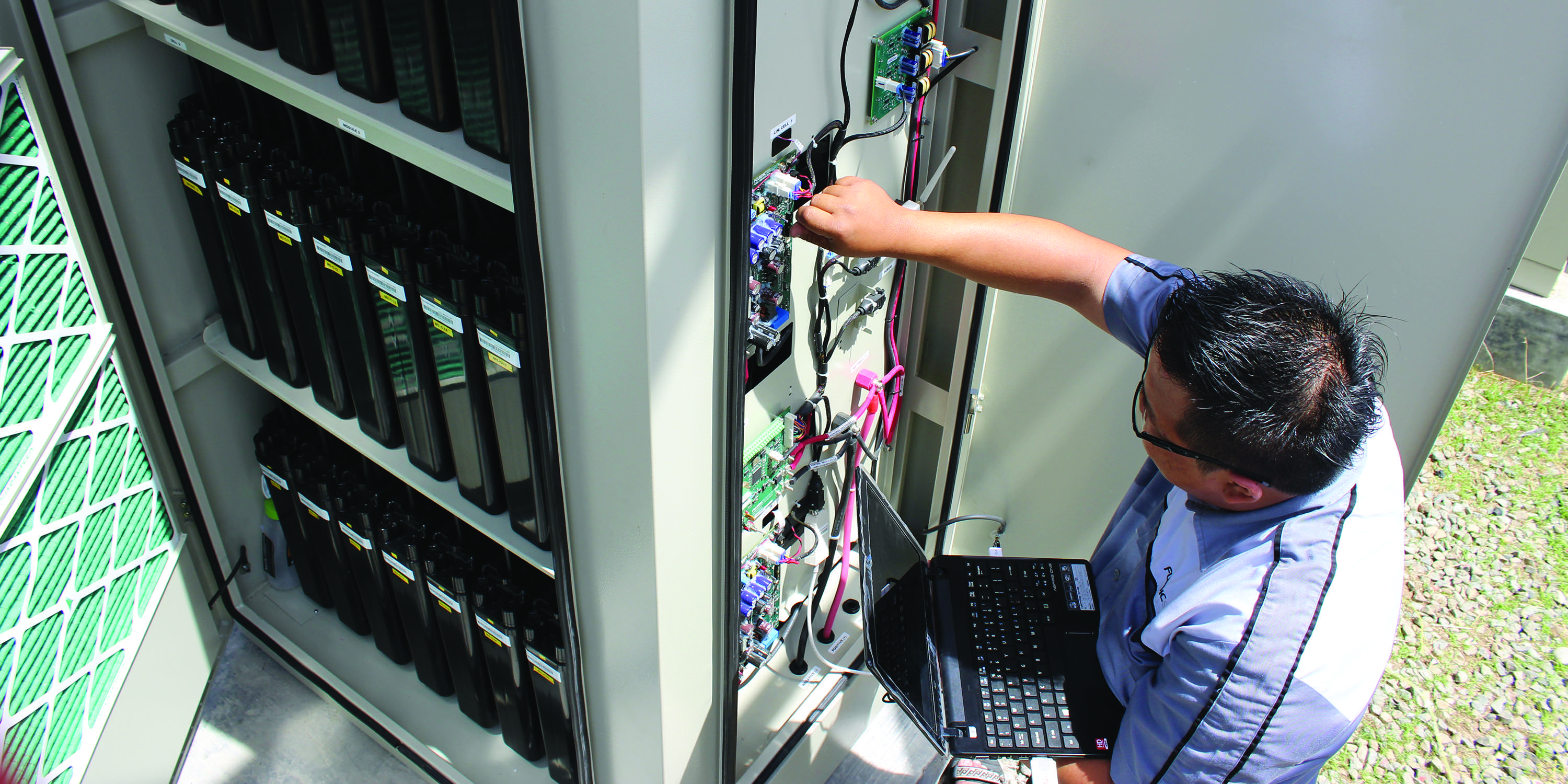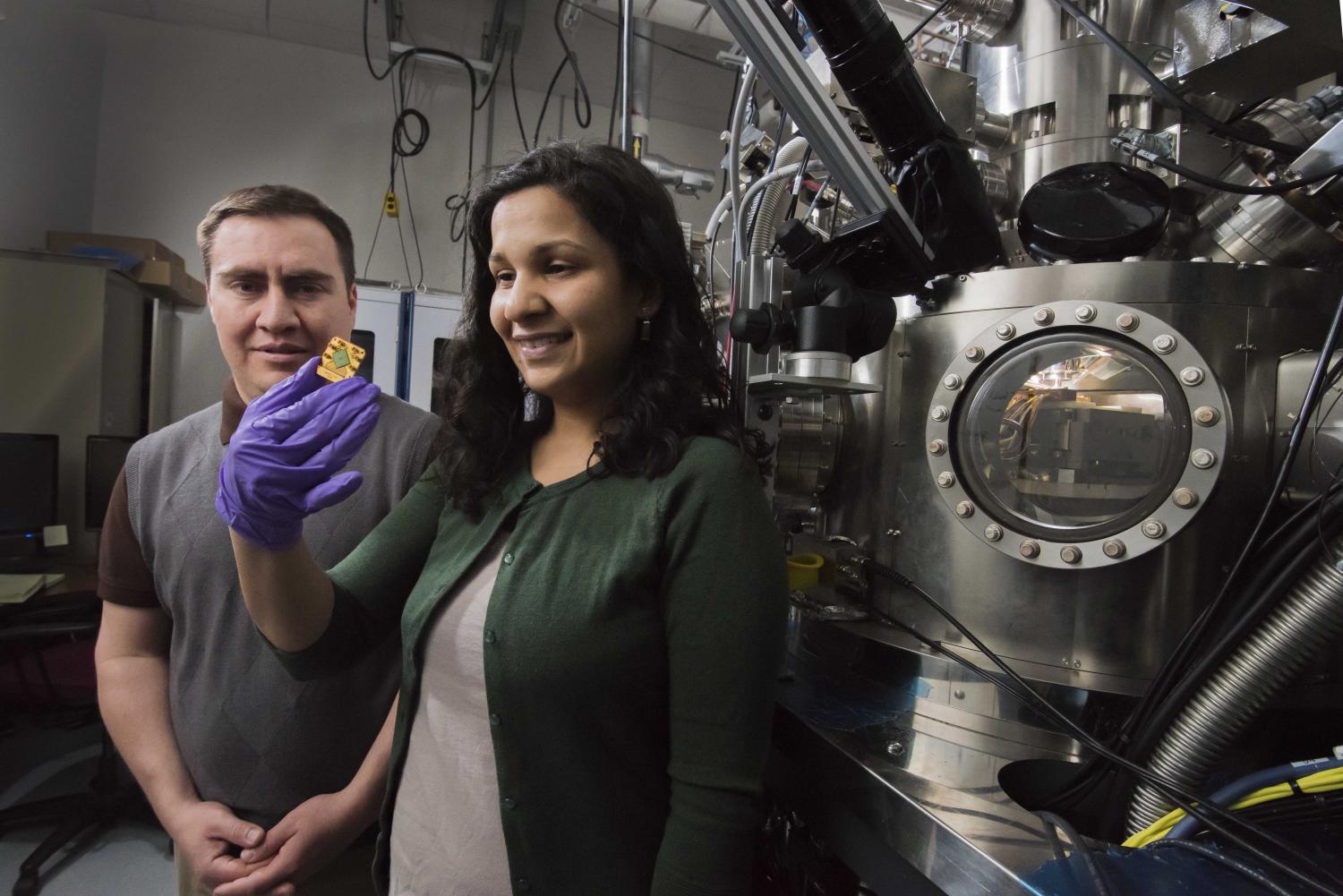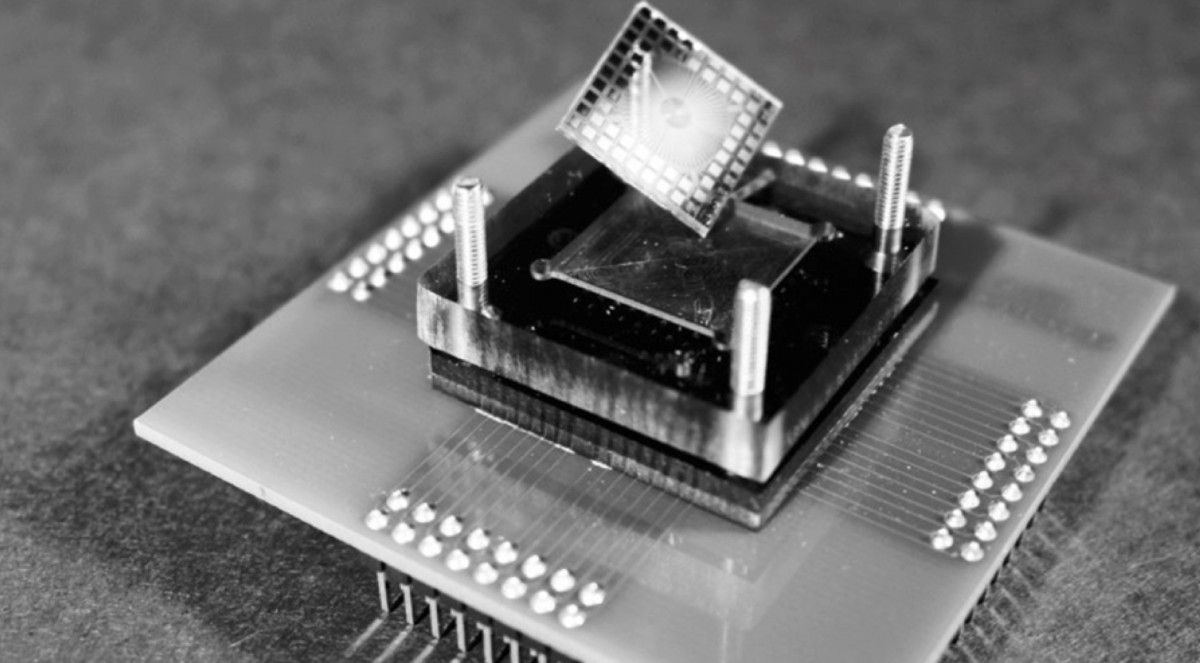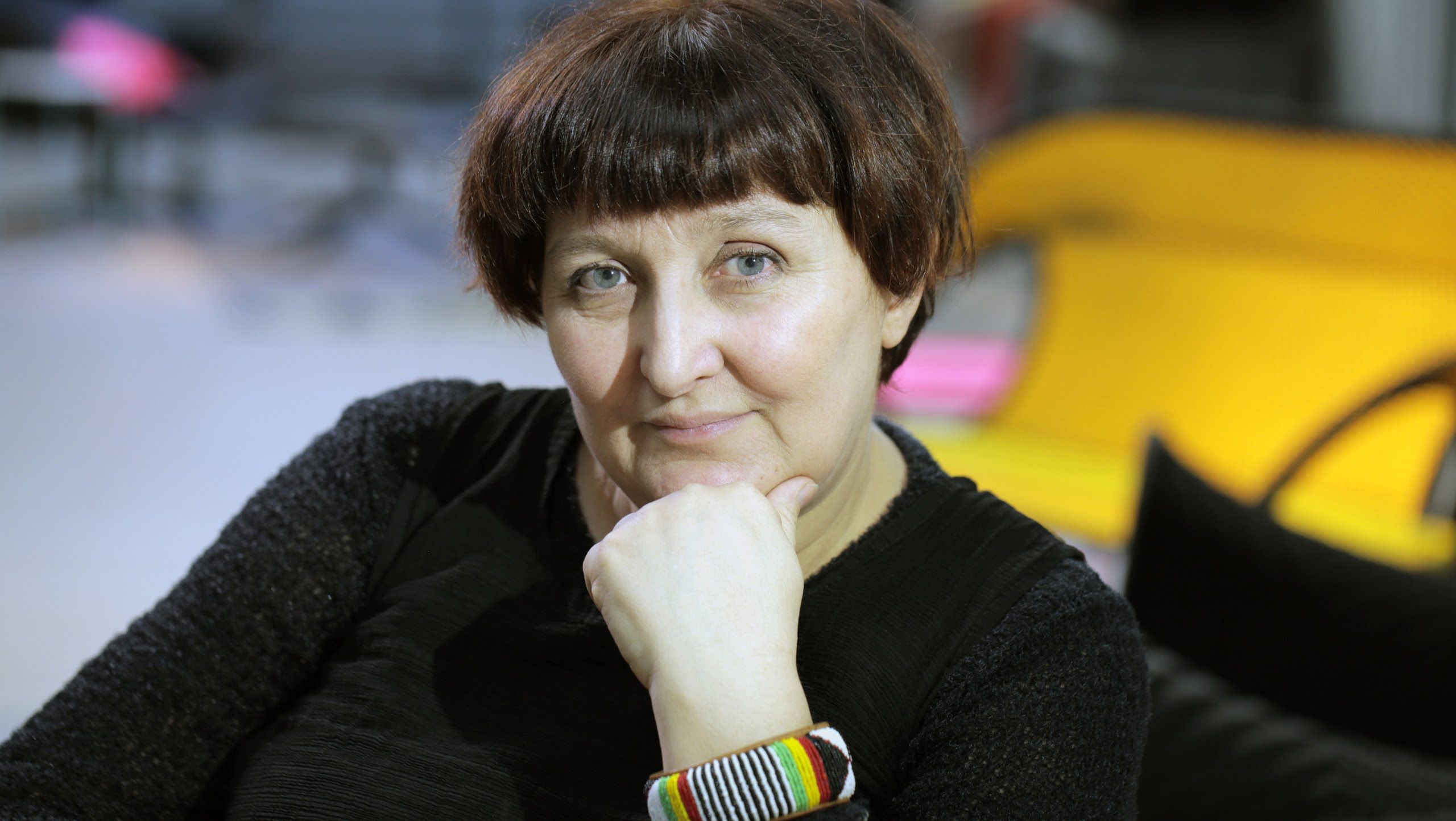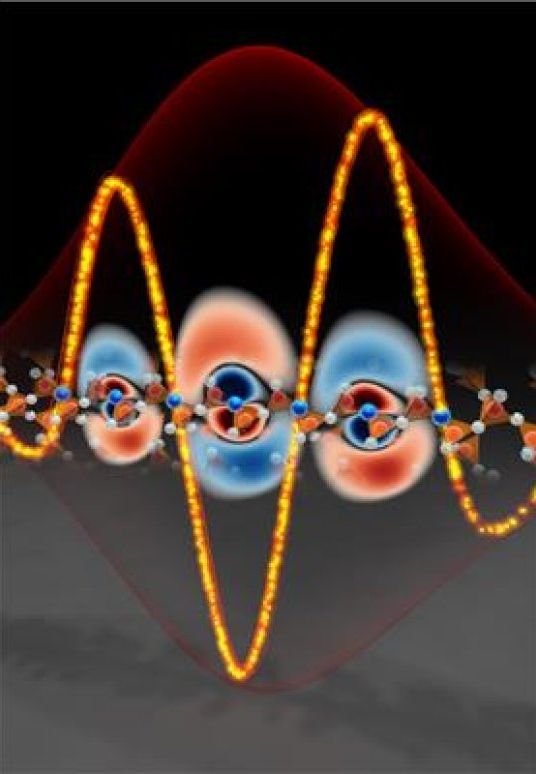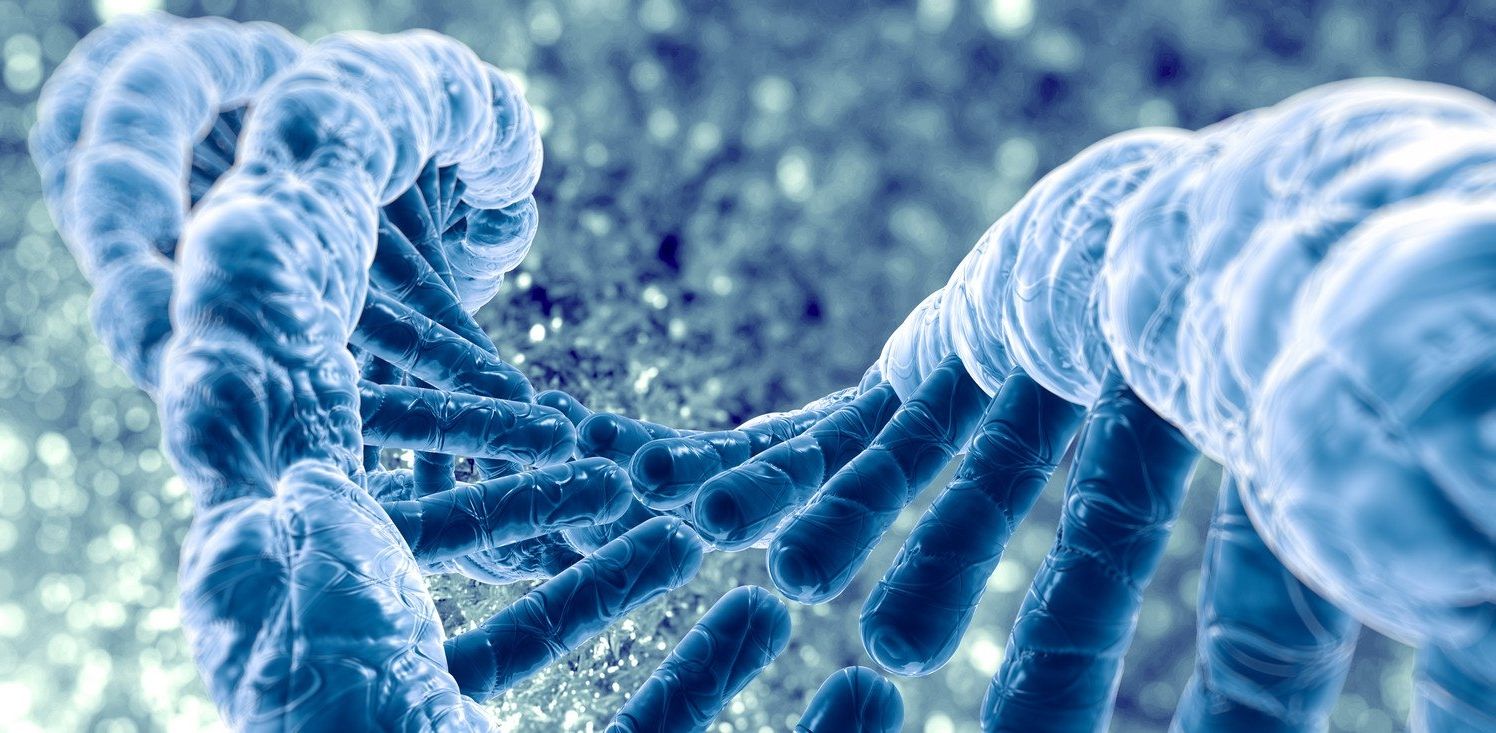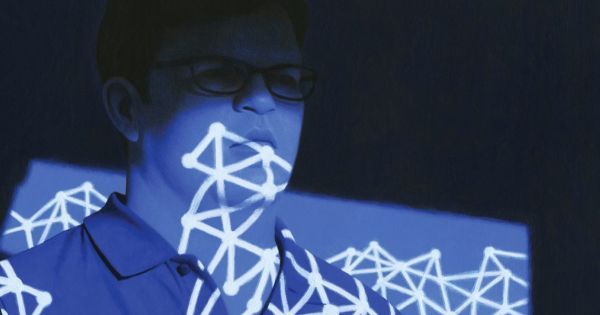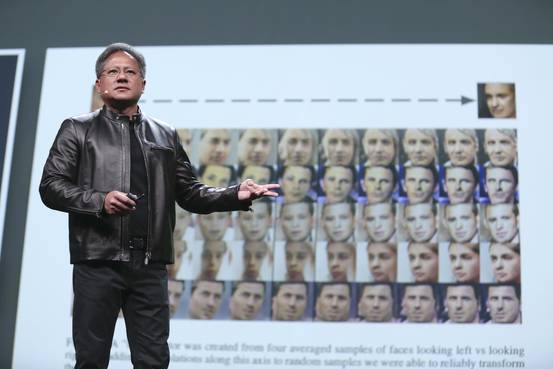Nice.
/EINPresswire.com/ — SAN JOSE, CA — (Marketwired) — 05/24/16 — UltraMemory Inc. (UltraMemory) has selected NanoSpice™ and NanoSpice Giga™ from ProPlus Design Solutions, Inc., the leading technology provider of giga-scale parallel SPICE simulation, SPICE modeling solutions and Design-for-Yield (DFY) applications, to simulate its super-broadband, super large-scale memory design.
UltraMemory is developing innovative 3D DRAM chip, which includes Through Chip Interface (TCI), enabling low-cost and low-power wireless communication between stacked DARM when compared to TSV technology.
Highly accurate and high-capacity SPICE simulation was necessary because it needed to simulate several DRAM chips with analog functions. UltraMemory’s decision to adopt NanoSpice, a high-performance parallel SPICE simulator, and NanoSpice Giga, the industry’s only GigaSpice simulator, came after an extensive evaluation of commercial SPICE and FastSPICE circuit simulators. NanoSpice and NanoSpice Giga have been integrated in UltraMemory’s existing design flows to replace other SPICE and FastSPICE simulators to provide full circuit simulation solutions from small block simulation to full-chip verification.
Read more
